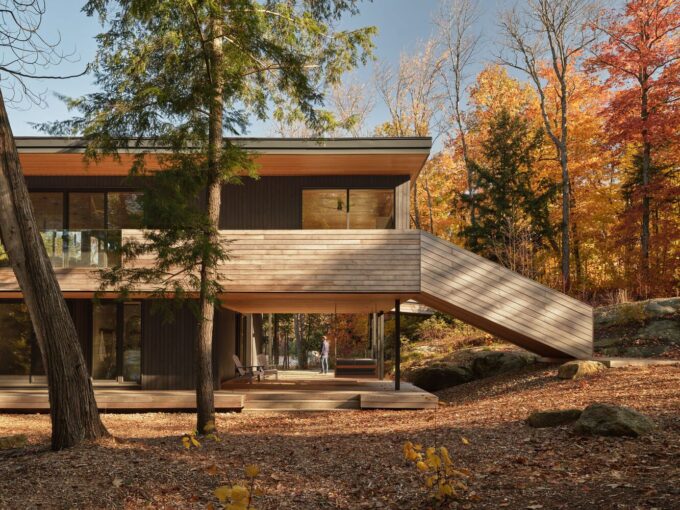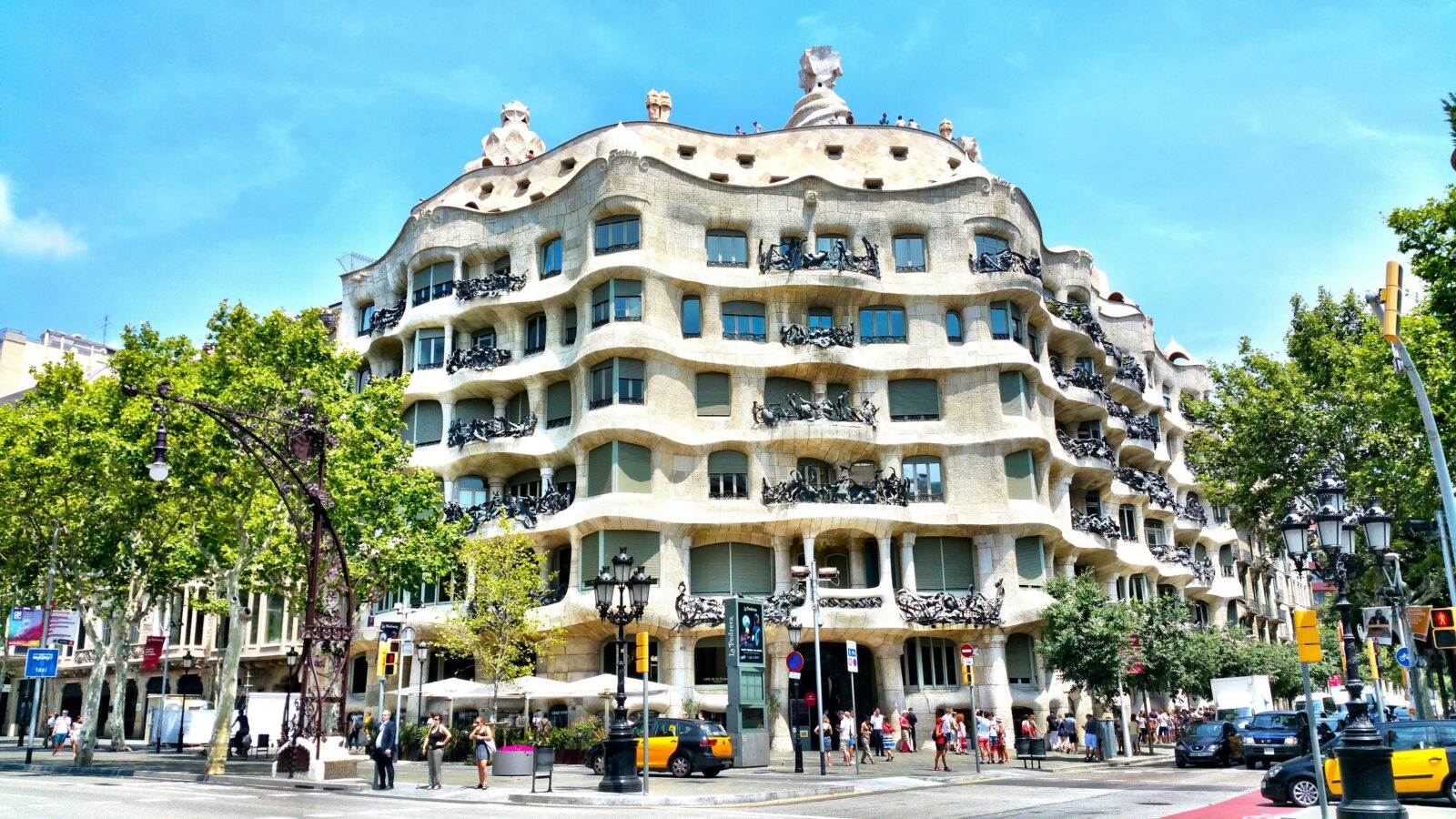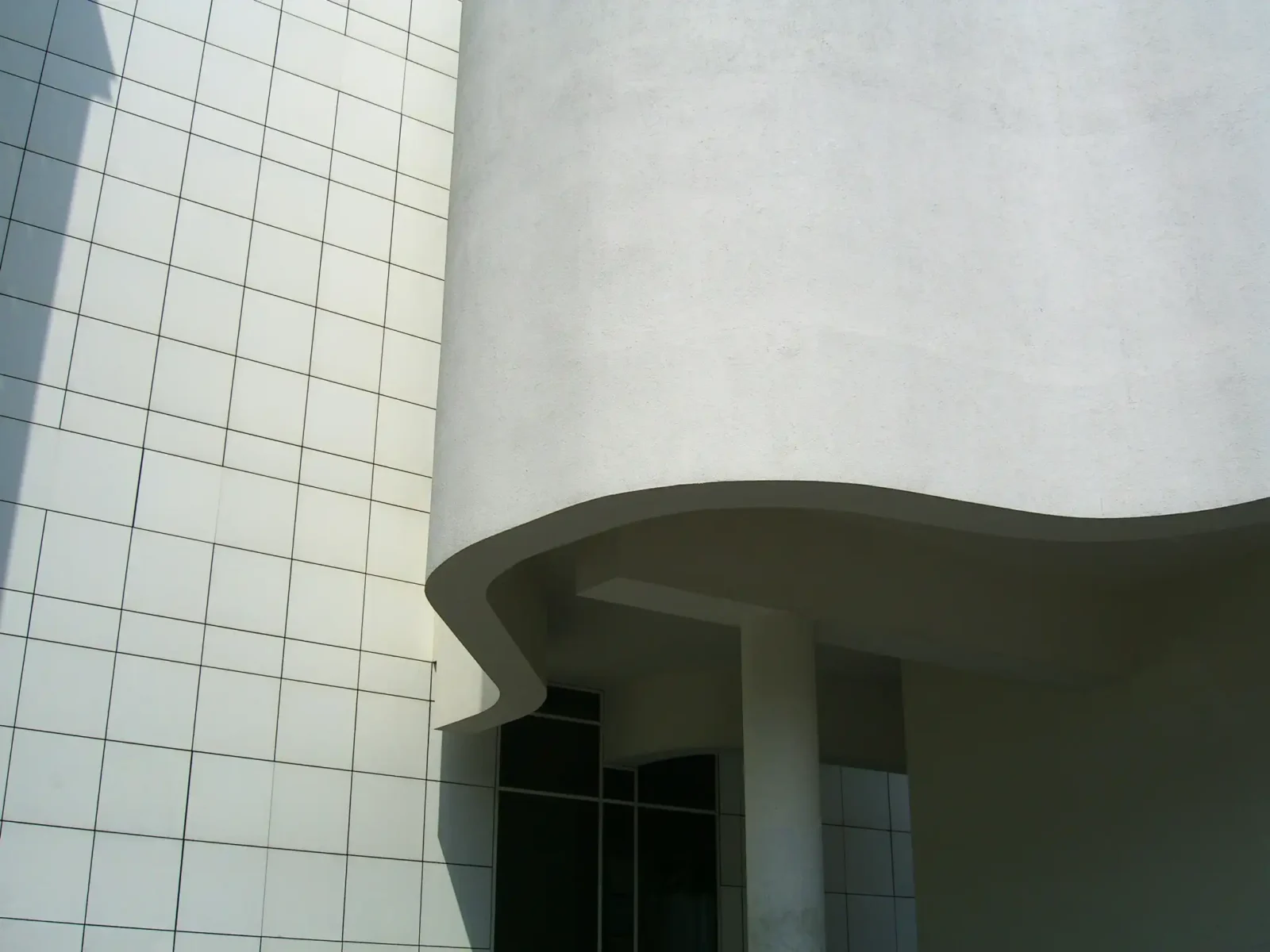- Home
- Articles
- Architectural Portfolio
- Architectral Presentation
- Inspirational Stories
- Architecture News
- Visualization
- BIM Industry
- Facade Design
- Parametric Design
- Career
- Landscape Architecture
- Construction
- Artificial Intelligence
- Sketching
- Design Softwares
- Diagrams
- Writing
- Architectural Tips
- Sustainability
- Courses
- Concept
- Technology
- History & Heritage
- Future of Architecture
- Guides & How-To
- Art & Culture
- Projects
- Interior Design
- Competitions
- Jobs
- Store
- Tools
- More
- Home
- Articles
- Architectural Portfolio
- Architectral Presentation
- Inspirational Stories
- Architecture News
- Visualization
- BIM Industry
- Facade Design
- Parametric Design
- Career
- Landscape Architecture
- Construction
- Artificial Intelligence
- Sketching
- Design Softwares
- Diagrams
- Writing
- Architectural Tips
- Sustainability
- Courses
- Concept
- Technology
- History & Heritage
- Future of Architecture
- Guides & How-To
- Art & Culture
- Projects
- Interior Design
- Competitions
- Jobs
- Store
- Tools
- More
Lessons from Denver’s Blend of Architectural Tradition and Innovation

Denver, Colorado, often referred to as the Mile High City, is not just a gateway to the Rockies but also a vibrant hub of architectural diversity. With its roots steeped in rich history and an ever-evolving urban landscape, Denver offers a unique blend of architectural tradition and innovation that inspires architects, designers, and homeowners alike. This article explores the key lessons we can learn from Denver’s blend of architectural tradition and innovation, focusing on how the city seamlessly marries its historical heritage with modern ingenuity.
Table of Contents
ToggleThe Evolution of Denver’s Architectural Identity
Denver’s architectural identity has evolved significantly over the years. From the elegant Victorian homes of the late 19th century to sleek modernist structures dotting the skyline today, the city’s buildings tell a story of growth and adaptation. This evolution highlights the importance of honoring historical influences while embracing contemporary trends to create a dynamic urban environment.

Preserving Denver’s Historical Charm
One of Denver’s most admirable traits is its commitment to preserving historic buildings. Neighborhoods like Capitol Hill and Five Points boast stunning examples of Victorian, Queen Anne, and Colonial Revival architecture. This dedication to preservation reminds us that protecting architectural history is crucial for maintaining a city’s cultural heritage. Denver demonstrates how historical charm can coexist with urban development by integrating older structures into modern neighborhoods.
Adapting Architecture to the Natural Landscape
Denver’s location at the base of the Rocky Mountains has greatly influenced its architectural styles. Designers often incorporate natural materials such as stone and wood to harmonize with the surrounding landscape. Homes and commercial spaces frequently feature large windows and open layouts, emphasizing a connection to the outdoors. This integration serves as a lesson in respecting the environment when planning urban spaces.
The Influence of the Arts and Crafts Movement
The Arts and Crafts movement left an indelible mark on Denver’s architectural scene, particularly in neighborhoods like Washington Park. These homes emphasize craftsmanship, simplicity, and functionality. With their detailed woodwork, built-in furniture, and cozy layouts, these properties reflect the value of blending aesthetic appeal with practical living spaces.
Mid-Century Modern Revival in Denver
Mid-century modern design has experienced a revival in Denver, particularly in areas like Arapahoe Acres. These homes feature clean lines, flat planes, and seamless indoor-outdoor connections. The renewed interest in this style showcases how Denver embraces architectural trends from the past and adapts them to meet modern tastes and sustainability goals.
Denver’s Blend of Architectural Tradition: Balancing Traditional and Contemporary Styles
Denver’s architectural landscape is a captivating blend of tradition and modernity. Neighborhoods like RiNo (River North Art District) showcase this balance, where repurposed industrial buildings have been transformed into sleek, modern residences and dynamic creative spaces.
At the same time, Denver’s mix of home styles—including elegant Victorian-era homes, charming bungalows, and sleek mid-century modern designs—reflects the city’s rich architectural diversity. This seamless integration of historical charm and contemporary innovation highlights Denver’s ability to celebrate its past while embracing the future, resulting in a timeless and forward-thinking cityscape.
Sustainability as a Driving Force
Sustainability has become a significant focus in Denver’s architectural innovation. The city has embraced green building practices, incorporating solar panels, energy-efficient designs, and eco-friendly materials into residential and commercial projects. This forward-thinking approach highlights the importance of designing for the future while remaining mindful of environmental impacts.
Alt. text: Light bulb planter on a rock
Caption: Sustainability is when architectural tradition meets innovation.
Architectural Innovation in Urban Development
Denver’s urban development projects demonstrate how innovation can enhance functionality and aesthetics. The Union Station redevelopment is a prime example. Once a neglected transportation hub, it has been transformed into a vibrant space featuring restaurants, shops, and public gathering areas. This project underscores the importance of revitalizing existing structures to serve modern needs.
Designing Community-Oriented Spaces
Denver’s architectural strategy often prioritizes community connection. Developments like The Source and Stanley Marketplace provide mixed-use spaces where people can live, work, and socialize. These designs reflect a growing emphasis on creating environments that foster collaboration and interaction, reminding us of the value of architecture in building community ties.
Lessons in Adaptability and Innovation
Adaptability is at the heart of Denver’s architectural success. By reimagining older buildings and embracing new technologies, the city proves that architectural design need not remain static. Instead, it can evolve to meet changing needs while paying homage to its roots. This adaptability is a vital lesson for cities worldwide as they strive to balance growth with preservation.
Fostering Creativity Through Diverse Architectural Expressions
Denver’s blend of architectural tradition and innovation also serves as a canvas for artistic expression, fostering creativity through its diversity. Public art installations, unique building facades, and murals blend seamlessly into the city’s architecture, transforming streetscapes into vibrant works of art. Integrating art and architecture encourages imaginative design and adds a dynamic layer to urban living. By prioritizing spaces that inspire both residents and visitors, Denver demonstrates the profound impact of creativity on shaping a city’s identity and enhancing its cultural richness. This approach underscores the importance of viewing architecture not just as functional but as a medium for storytelling and inspiration.

Alt. text: A human writing on a piece of paper
Caption: Denver’s architectural landscape also serves as a canvas for artistic expression.
The Future of Denver’s Architectural Landscape
Denver’s architectural future appears bright. The city continues to attract talented architects and designers eager to push the boundaries of innovation while respecting its historical legacy. As sustainability and technology play increasingly significant roles, Denver is a model for cities aiming to create livable and forward-thinking environments.
Learning from Denver’s Architectural Tradition
Denver’s blend of architectural tradition and innovation offers invaluable lessons for anyone interested in design and urban planning. The city demonstrates the importance of honoring history while embracing progress and creating a dynamic and inclusive environment. From preserving historical landmarks to pioneering sustainable practices, Denver’s architectural journey inspires a thoughtful and balanced approach to city-building. By studying Denver’s mix of home styles and its commitment to innovation, we can glean insights that resonate far beyond the city’s borders.
illustrarch is your daily dose of architecture. Leading community designed for all lovers of illustration and #drawing.
Submit your architectural projects
Follow these steps for submission your project. Submission FormLatest Posts
The Ultimate Guide to Fencing in North Dakota: Choosing the Best Fence for Your Property
Watching a chain link fence twist in 70 mph winds near Minot...
Gaudí: Where Architecture Meets Science
Gaudí: Where Architecture Meets Science shows catenary arches, ruled surfaces, and biomimicry...
How Housing Market Forces Shape Architectural Design Today
Architecture never exists in isolation. Buildings rise from a mix of ambition,...
Why Portable Formaldehyde Gas Detectors Matter on Construction Sites
As construction practices shift toward more enclosed and material-intensive environments, the risk...












Leave a comment